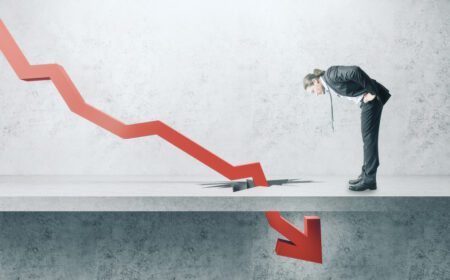Price ceiling

The term refers to the maximum amount a seller is legally allowed to charge for a product or service. These ceilings are usually set by law and are commonly applied to essential items like food and energy products when their prices become too high for ordinary consumers.
Why establish a price ceiling?
A price ceiling leads to an inefficient outcome known as deadweight loss. Despite this, the government imposes price ceilings to protect consumers. An example of this in the United States is rent control.
After World War II, returning soldiers created a high demand for housing, causing landlords to raise rent prices. This made housing unaffordable for many soldiers who were no longer receiving military pay. To address this issue, the government set a rent ceiling to ensure affordable housing for returning soldiers in New York.
Implications of price ceiling
Setting an effective price ceiling results in excess demand and a supply shortage. Producers are reluctant to sell at a lower price, and consumers want cheaper goods, leading to deadweight loss. If the demand curve is elastic, consumer surplus is positive, but there is a negative change in producer surplus.
Real world examples of price ceiling
- Food, fuel and energy price caps – Governments may limit prices on necessary items like food and fuel to guarantee access and prevent excessive profits. For instance, after the Russian invasion of Ukraine, the German government promised to cap energy prices due to a shortage of Russian natural gas.
- Prescription drug price caps – In the United States, medical equipment and drug manufacturers often have a strong motivation to increase prices, as the added expenses usually end up being covered by taxpayers or insurance companies. To curb this trend, President Biden signed the Inflation Reduction Act, which imposes price limits on negotiated prices for specific drugs.









